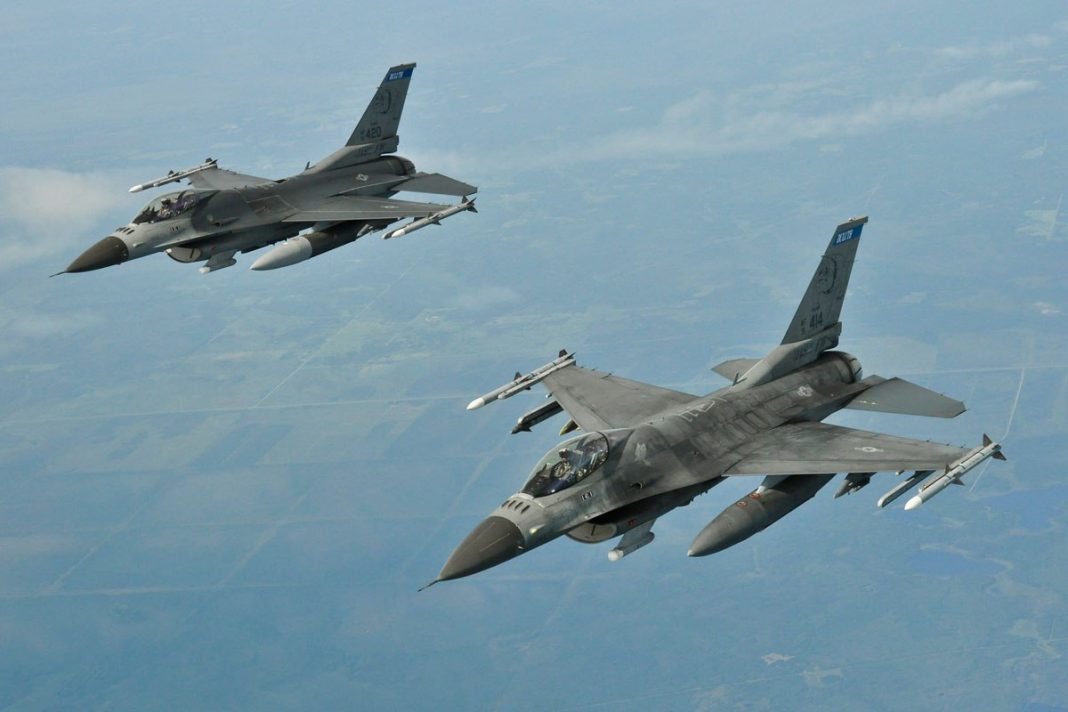Speaking to Pentagon reporters on Friday, the official said the US will send F-16 fighter jets to the Persian Gulf region this weekend to augment the A-10 attack aircraft that have been patrolling there for more than a week.
The defence official, who spoke on condition of anonymity to provide details of US military operations in the region, added that the F-16s will give air cover to the ships moving through the waterway and increase the US military’s visibility in the area, as a deterrent to Iran, the Associated Press (AP) news agency reported.
The defence official also told reporters the US is considering a number of military options to address increasing Russian aggression in the skies over Syria. The official declined to detail the options but noted that the US will not cede any territory and will continue to fly in the western part of Syria as part of operations against Daesh fighters.
Russian military activity in Syria, which has increased in frequency and aggression towards US forces since March, stems from growing cooperation and coordination between Moscow, Tehran and the Syrian government to try to pressure the US to leave Syria, the official continued.
In recent months, Iranian naval forces have impounded several ships off the country’s southern coast for their breaches of shipping safety law, with the US claiming that the moves are “illegal” and “endanger” shipping safety.
Tehran dismisses the claims as baseless, stressing the vessel seizures are in fact meant to consolidate the maritime law.
